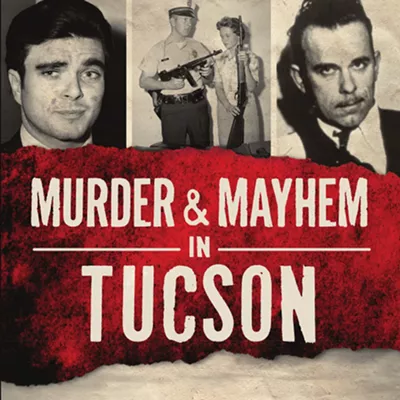There's a logic to this tradition that is tough to dismiss altogether--unless you're a Native American, and in that case, you were just out of luck. The system tended to break down when it got too complicated, and Native American theories of property rights are nothing if not complicated. Take, for example, the Hopi. They believe they have (and had) sole right to their land, because their God gave it to them. Now, who could believe something like that?
The law of firsts is even more powerful in the world of discovery, and was especially so back in the early days of the Western gold rushes, and then even more so after the Civil War during the second opening of the West, when the countless drifters, miners, surveyors and adventurers heading into the unknown were quickly running out of untrammeled ground (at least untrammeled by white folks from the Midwest and the East, one should say).
An interest in who got there first persists today around the Grand Canyon and the river that made it. In 1867, James White floated into Callville, north of Yuma on the Colorado, tied to a cottonwood raft, half-naked and delirious. From the moment he got his faculties back until the day he died more than 40 years later, he insisted that he had rode that hastily constructed raft all the way through the Grand Canyon, braving rapids, hunger, thirst and the death of two companions. If he was telling the truth, his adventure would make White the first white man to do so, beating the more famous and sanctified John Wesley Powell by nearly two years. Most canyon historians don't believe White, mostly because early on, his tale was taken up by Western newspapermen, who were in those days interested more in telling a good story than checking all of their facts. If only life were so simple again.
The constant retelling of what essentially started as oral history quickly turned White's dramatic tale of survival into folklore. That's not to say that folklore isn't based on truth--it nearly always is--but the perpetuation of one errant fact after another simply makes it impossible, from this vantage, to know with any confidence if White was telling the truth. In her new book, Drifting West: The Calamities of the James White and Charles Baker, Colorado writer Virginia McConnell Simmons does a good job of deconstructing the White story, and of looking deeply into the various motives of its detractors and its champions.
In the end, though, it doesn't really matter. There is no way to tell if White told the truth, and, even if he was the first white man down the river through the canyon, he certainly wasn't the first to "explore" the canyon. By his own admission, he was merely a victim of circumstance, lashed to a raft and hoping for the best, ruined by the unremitting sun and caught in a delirium of hunger and thirst. He could have been the first to the moon in that state of mind, and it would still have no meaning to anyone.
More interesting is Simmons' excellent portrait of White and others as drifters in the West. She spent a lot of time in the archives--made up, ironically, primarily of old frontier newspapers--trying to reconstruct the nearly unreconstructable life of a typical Western drifter like White. One comes away from the book mightily impressed. Before he was 40, White had walked west from Wisconsin, worked as a prospector, served in the Army, been sentenced to a year of hard labor for theft, stole a herd of Indian horses, worked for a stagecoach company, owned a saloon, fought Indians, had shootouts with drunken companions and, presumably, survived a harrowing drift down the Colorado River. All this before he married a 16-year-old Hispanic girl and settled down in Trinidad, Colo., where he owned a drayage business for about 40 years.
It's White's kind of early life that continues to make the history of the West so interesting to generation after generation of Americans. And books like Simmons' add depth and truth to that history, even if they fail to solve mysteries that are better off left mysterious.






